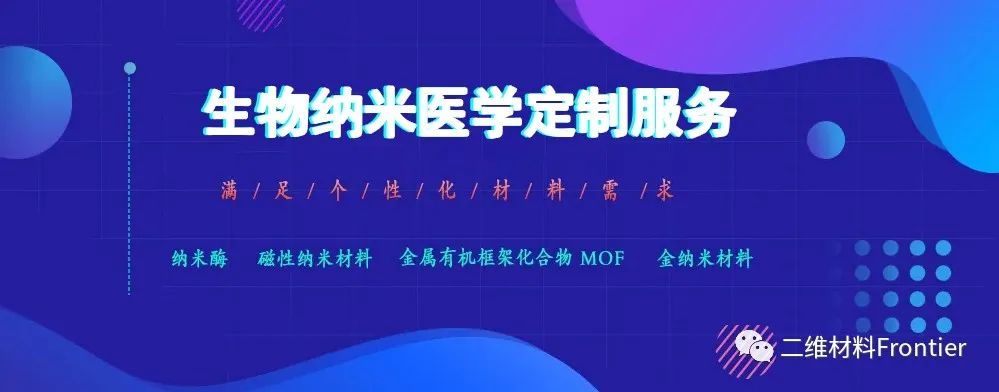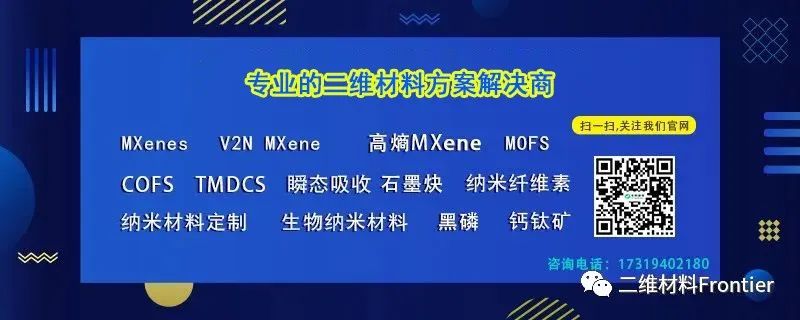已传文件:photo/1631586161.png
North Konami can provide MXene materials (customizable)
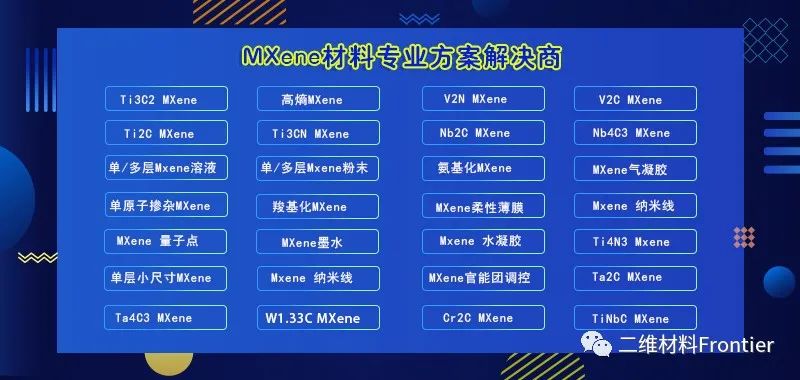

Research abstract
The surface functional groups of 2D MXene can have an important influence on its physical and chemical properties. Conventional etching methods usually introduce -F functional groups or metal impurities into MXenes. Recently, the research team of professors Miao Shen, Rui Tang and Wang Jianqiang from Shanghai Institute of Applied Physics, Chinese Academy of Sciences published the latest research results in "Angew. Chem. Int. Ed.", and proposed a new molten salt-assisted electrochemical etching method, which was successfully prepared. Fluorine-free Ti3C2Cl2 MXene was obtained. Using electrons as a reaction medium, the reduction of the positive electrode is separated from the etching process of the negative electrode, thereby ensuring that no metal remains in the MXene. At the same time, the functional groups on the surface of MXene can be modified in situ, and the -Cl functional groups can be replaced by -O or/and -S functional groups, thereby omitting the steps of subsequent functional group improvement and enriching the types of functional groups. The as-prepared -O-functionalized Ti3C2Tx MXene is an excellent electrode material for supercapacitors, which can achieve a specific capacitance of 225 F g-1 at a current density of 1.0 A g-1, good rate capability and outstanding cycling. The stability is better than that of multilayer Ti3C2Tx MXene electrodes obtained by other etching methods.
Graphical guide
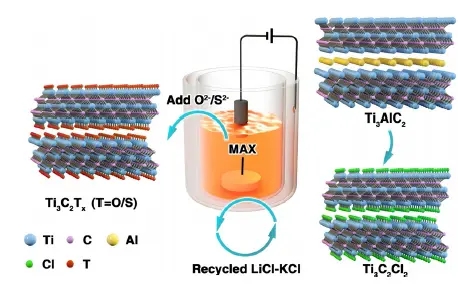
Figure 1. Molten salt-assisted electrochemical etching and in-situ modification of functional groups.
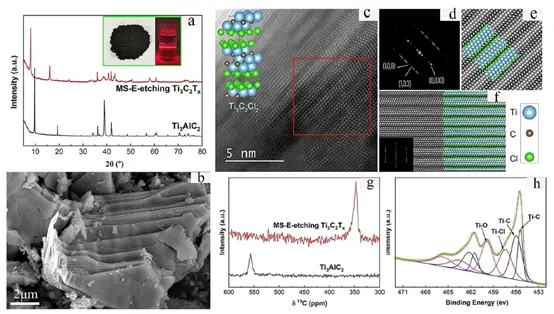
Fig. 2 Phase characterization before and after molten salt-assisted electrochemical etching of MXene: XRD, HR-STEM, SEM, NMR and XPS patterns.
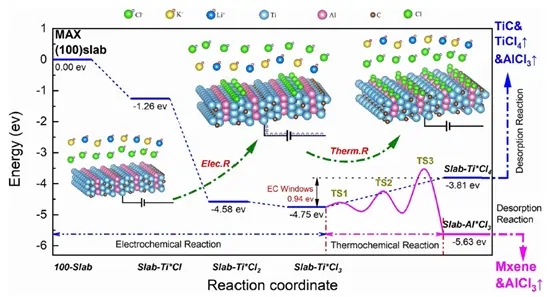
Figure 3. Reaction path calculation for molten salt-assisted electrochemical etching of MXene.
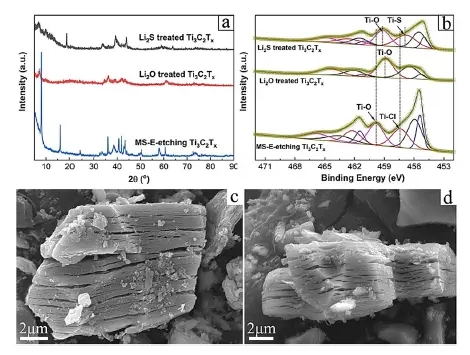
Figure 4. Molten salt-assisted electrochemical etching and in-situ modification of functional groups.
Summary Outlook
By controlling the electrolysis voltage in LiCl-KCl molten salt at 2.0 V, under the combined action of electrochemical and thermochemical effects, temperature and electrolysis voltage control the desorption of AlCl3 and the electrosorption of chloride ions respectively, ensuring the success of Ti3C2Cl2 MXene preparation. However, it was found by DFT calculation that when the potential was higher than 0.94V, a part of Ti would be over-etched. In situ functional group modification can be achieved by adding different inorganic salts. More importantly, the salt can be reused without producing acidic liquid residue after etching, indicating that this method is a green and sustainable etching method, which has implications for the green synthesis of MXenes.

